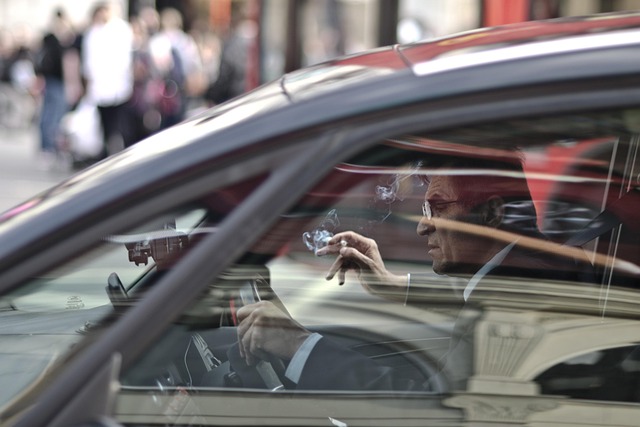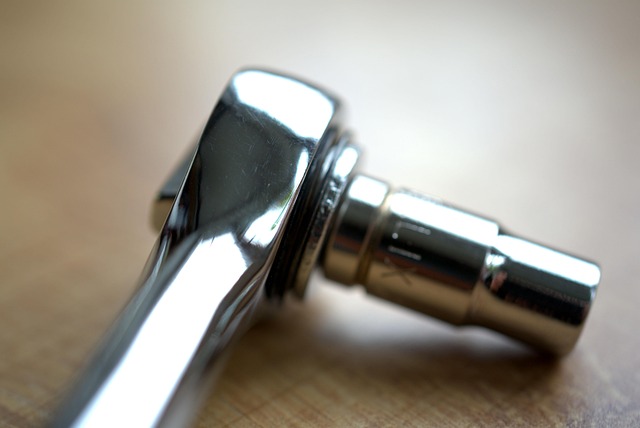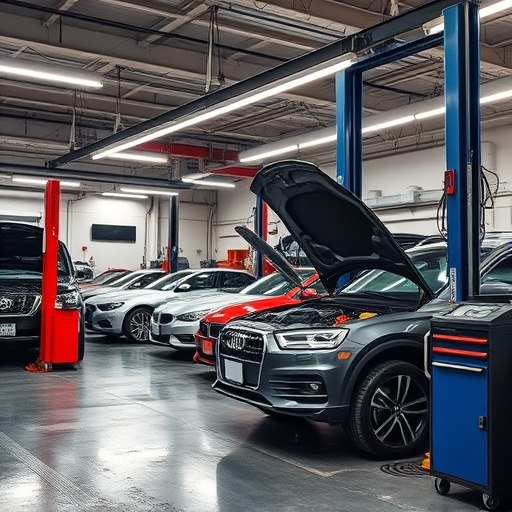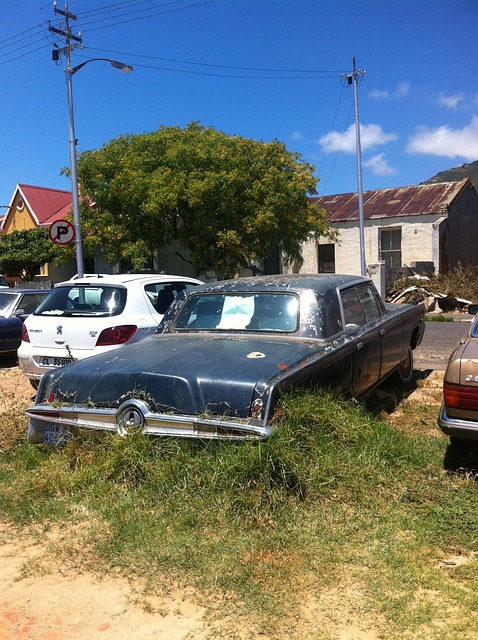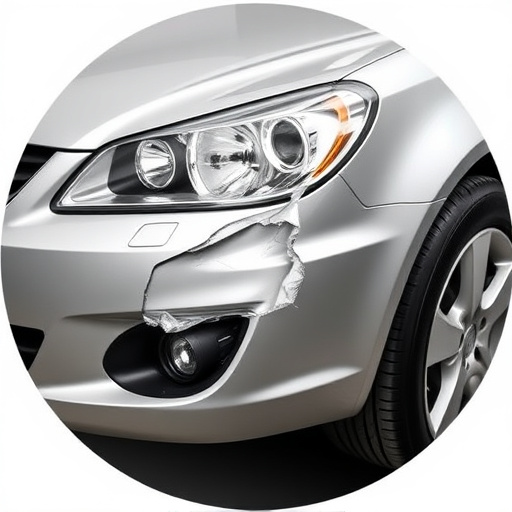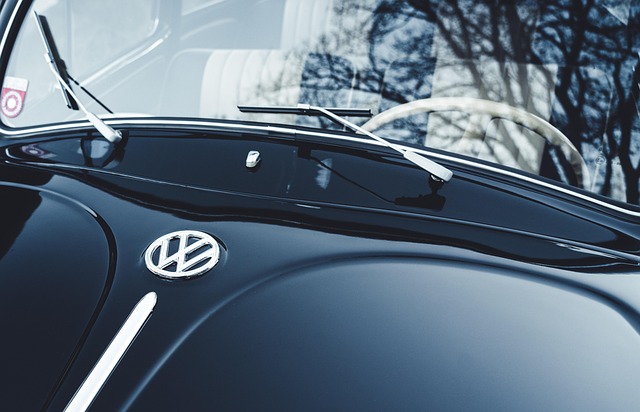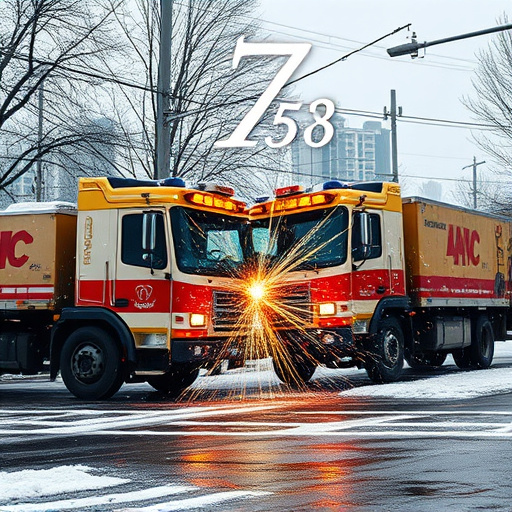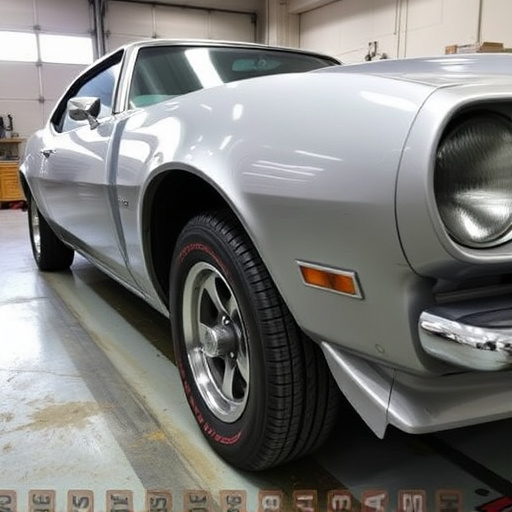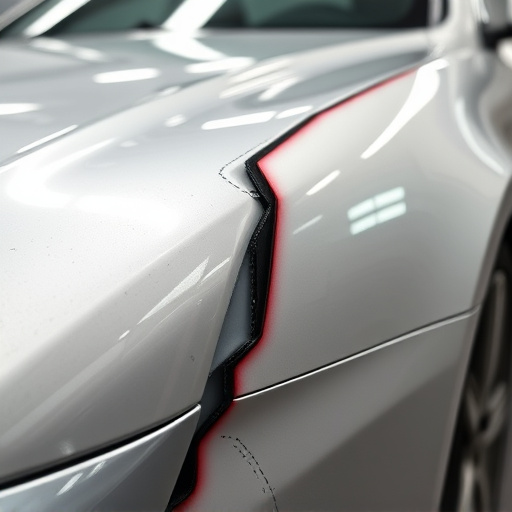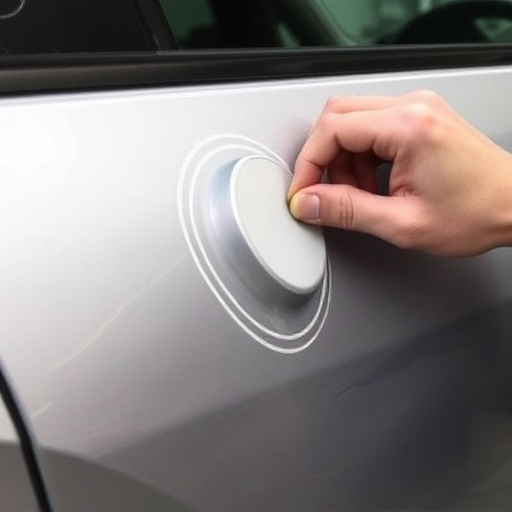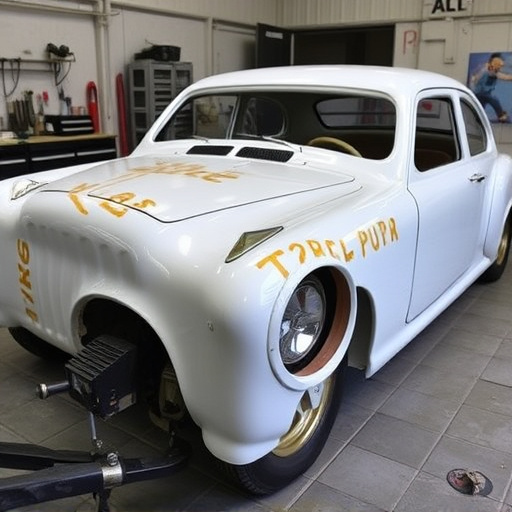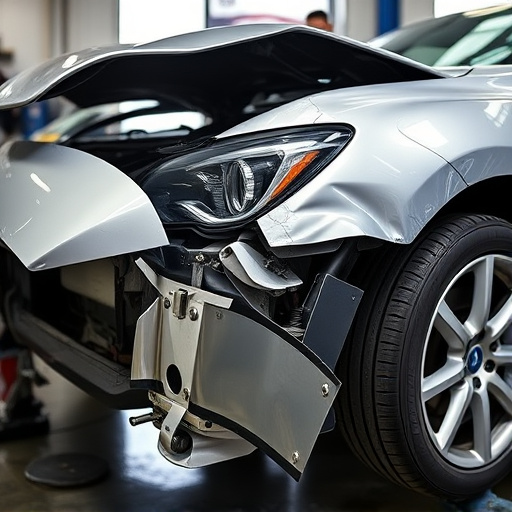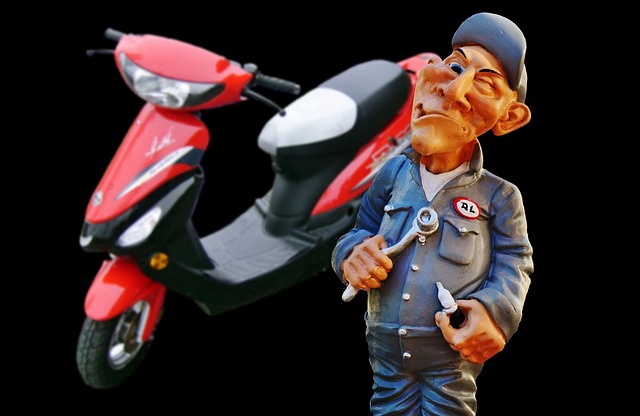When collision insurance claims are rejected, review the reasons cited, check for errors in initial submission, gather additional evidence like photos, witness statements, and repair estimates. Policyholders have the right to appeal, compiling documentation, writing a persuasive letter, and maintaining respect during the process to ensure fair compensation for car repairs.
When your collision insurance claim is rejected, it can be frustrating. Understanding why is the first step towards resolving the issue. Often, a thorough review of the circumstances and evidence can reveal gaps or misrepresentations that led to the denial. If you believe an error was made, gathering additional documentation to support your case is crucial. Knowing how to appeal effectively increases your chances of getting the compensation you deserve for collision insurance claims.
Understand the Rejection Reason
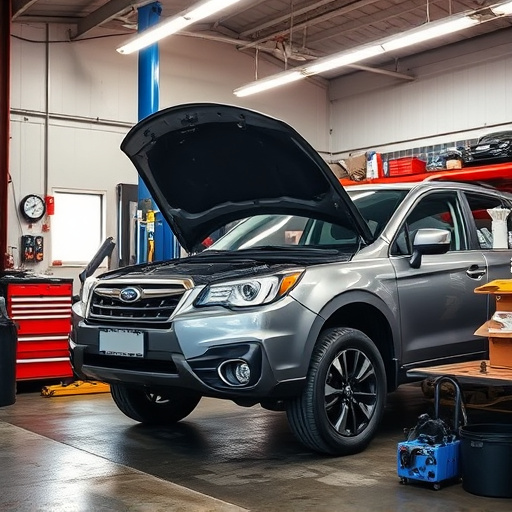
When your collision insurance claim is rejected, it’s crucial to understand why. Carefully review the notice from your insurance company for specific reasons cited. This could be due to factors like policy exclusions, incorrect information provided, or issues with the estimated repair costs. Identifying the root cause helps you address any missteps in your initial claim submission.
For instance, if the rejection is related to auto glass repair, ensure the quote from the automotive repair shop is accurate and aligns with the company’s guidelines for collision insurance claims. If the issue lies with collision repair estimates, request a detailed breakdown of costs from the shop to substantiate the expenses. Understanding the rationale behind the rejection is the first step towards resubmitting your claim effectively.
Gather Additional Evidence
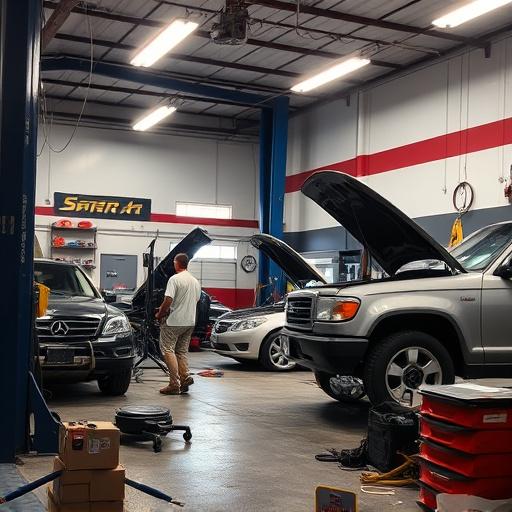
When dealing with a rejected collision insurance claim, one of the critical next steps is to gather additional evidence that supports your case. This involves collecting detailed records and documentation that were perhaps overlooked during the initial claim submission. For instance, photographs capturing the extent of the damage from various angles can provide compelling visual proof. Additionally, statements from witnesses who saw the incident can offer a different perspective, enhancing your claim’s credibility.
If you’re dealing with a complex case involving a classic car restoration or tire services, ensuring that all repair estimates and invoices are up-to-date and relevant is crucial. Auto body shops often have specialized knowledge in these areas, so consult them for expert opinions and detailed reports that can bolster your insurance claim.
Appeal the Decision Effectively
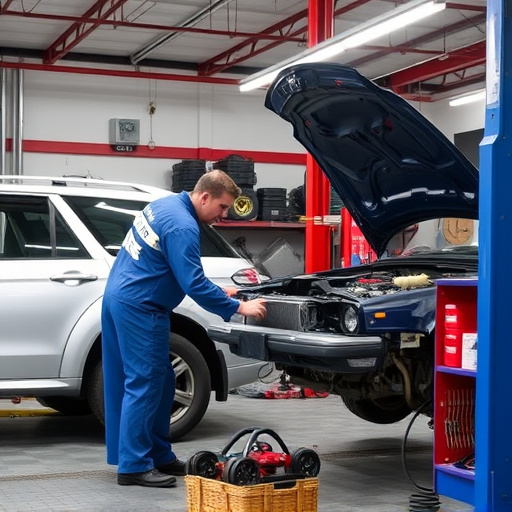
When collision insurance claims are rejected, many policyholders feel disheartened but there’s a silver lining—the option to appeal. A thorough and compelling appeal can overturn the initial decision, ensuring you receive the compensation you’re entitled to for damages, be it car paint repair, car body repair or hail damage repair.
To effectively appeal a collision insurance claim rejection, gather all relevant documentation supporting your case, such as police reports, witness statements, and repair estimates. Present this evidence clearly and concisely in your appeal letter, focusing on the specific reasons for disagreement with the insurer’s assessment. Stay persistent but respectful throughout the process, as insistent yet polite communication can significantly impact the outcome of your appeal.
When facing a rejected collision insurance claim, understanding the reason behind it is crucial. If additional evidence is available, gather it promptly as it can significantly enhance your appeal. Remember that navigating this process requires careful consideration and effective communication with your insurer. By following these steps—understanding the rejection, gathering proof, and appealing optimally—you can increase your chances of a favorable outcome for your collision insurance claim.
